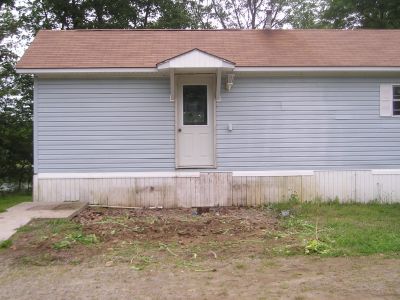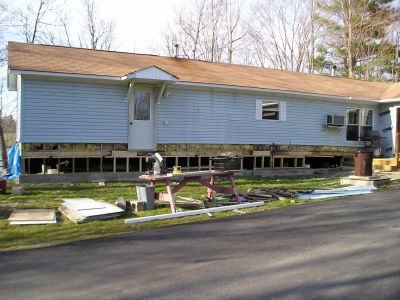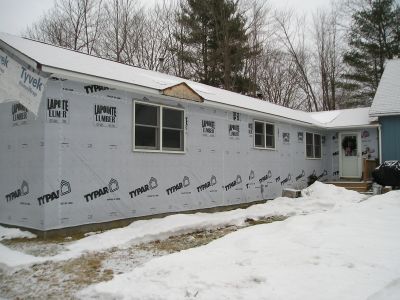Our main question now is what are the advantages of creating a conditioned crawl space. We have a book my wife bought on the subject and a document I downloaded from the internet. Haven’t read them yet but the overview seems to be a conditioned crawl space is a heated, airtight space designed to control humidity. To achieve that, heat from the house is first directed down into the crawl space. A fan, some distance from the heater, draws air up out of the crawl space and back into the house. This removes moist air from the crawl space and introduces it into your living space, making your house feel warmer for a given temperature. The floors of your house will also be warmer, preventing the cold floors from absorbing heat from inside the house. All in all, by pumping heat into an un-used crawl space your living space will be warmer for less energy $$$$ spent.
To make the crawl space airtight we plan to insulate the knee wall from the interior with 6” fiberglass insulation, cover the cement blocks from the inside with 2” Styrofoam insulation and cover the whole knee wall from the inside with Tyvek.
Have I got it right? Are our plans overkill? Do I not understand what a conditioned crawl space is and what it is supposed to do? Is creating a conditioned crawl space worth the effort and expense?
I attached a couple of photos so you can see what we have done.
Thanks,
Tom




